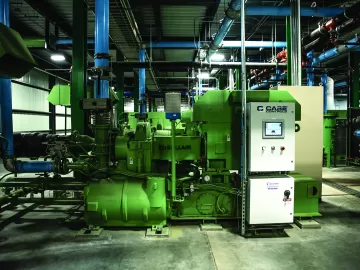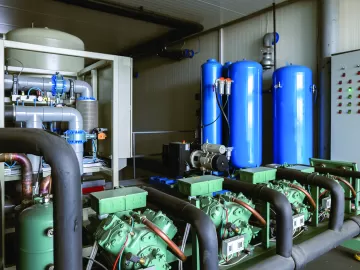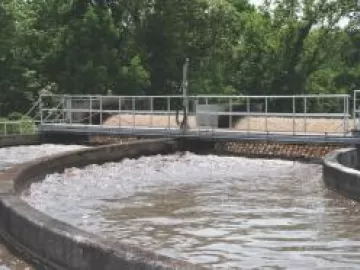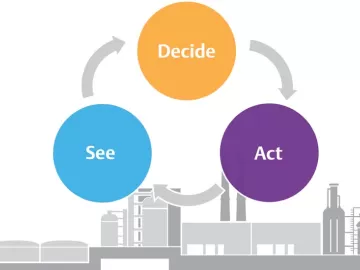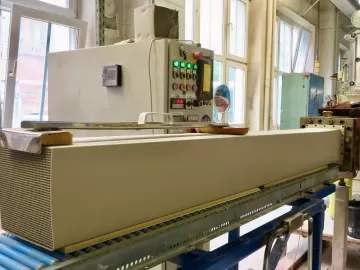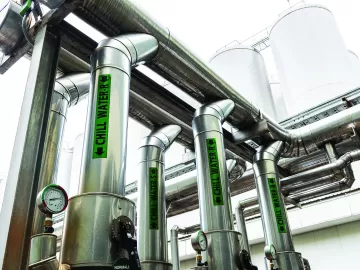Energy-Saving Compressed Air Resin Dryers
Resin drying is a critical step in the manufacturing process of injection molding, extrusion molding and stretch blow molding. Compressed air resin dryers are one of the most commonly used dryers in the plastics molding industry. Recent advancements in compressed air membrane-type resin dryers, have reduced the associated energy costs significantly.


